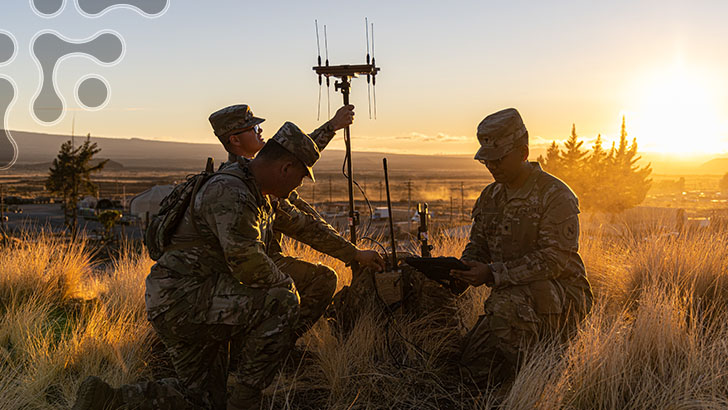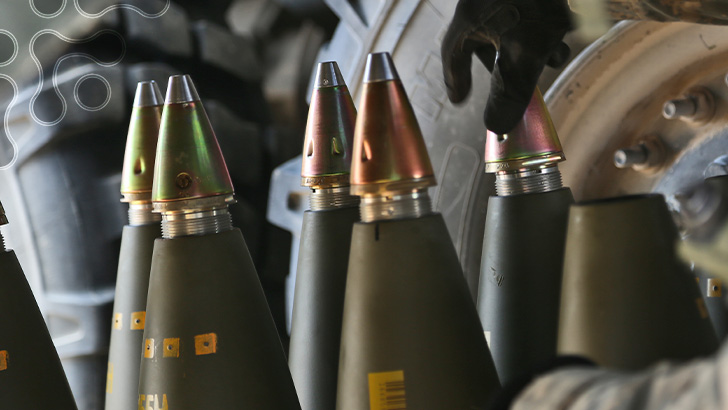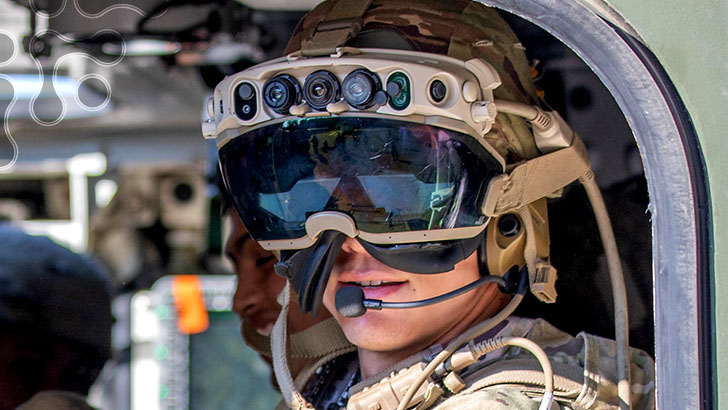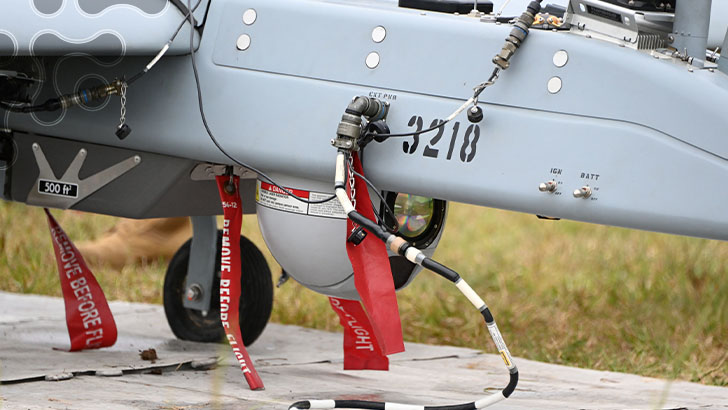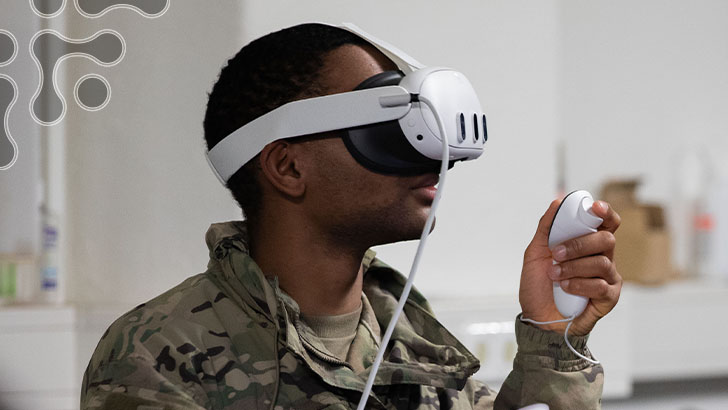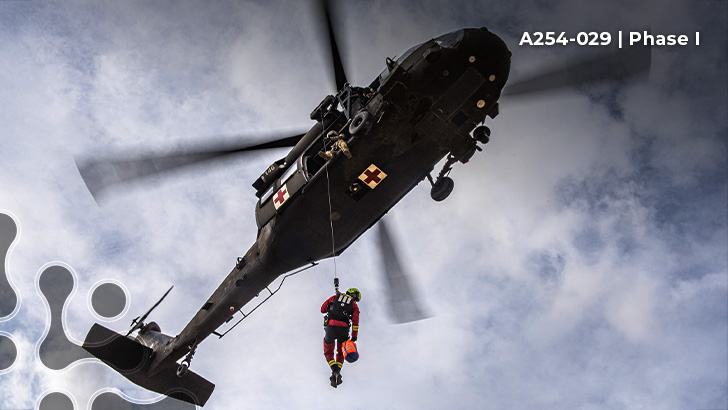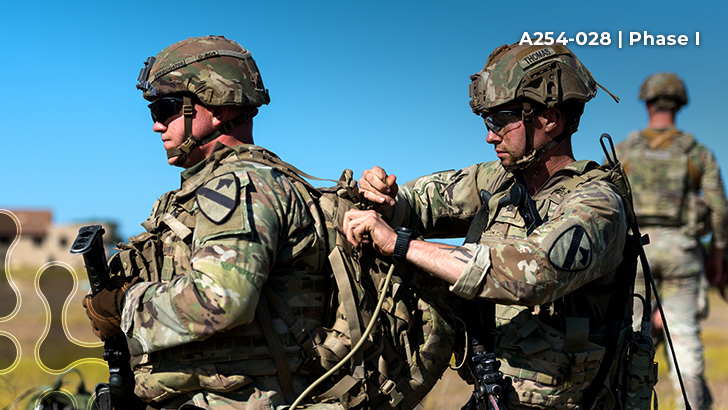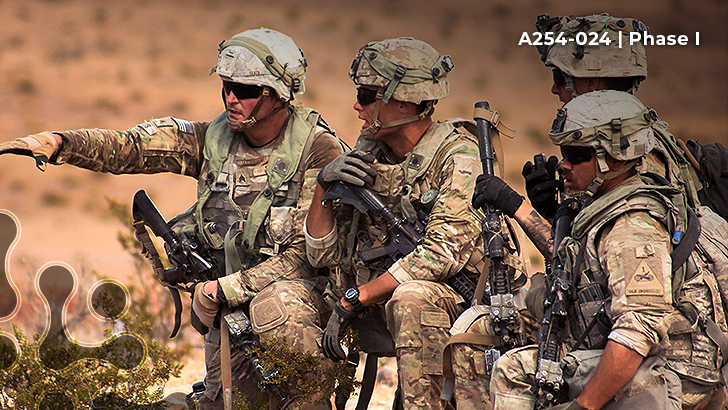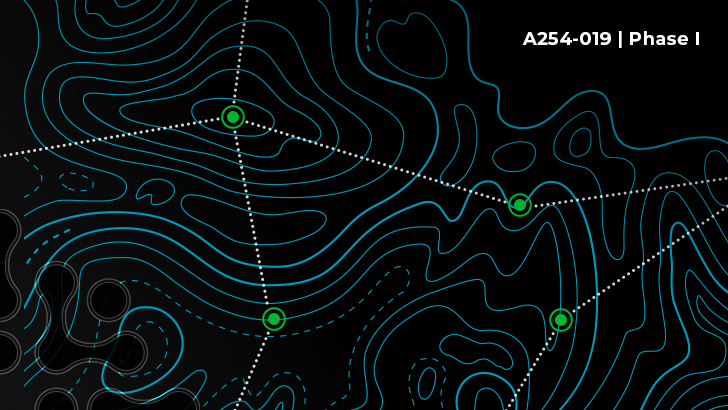FILTER GLOSSARY
PROGRAMS
ASA(ALT)
Assistant Secretary of the Army for Acquisition, Logistics, and Technology ASA(ALT) releases contract opportunities on an ad-hoc basis to meet Army research and development needs.
AFC
Army Futures Command (AFC) releases topics during three specific solicitation periods throughout the fiscal year to address the Army’s current and anticipated war-fighting technology needs.
Army STTR
Army STTR follows AFC’s topic release schedule but partners with a university, federally funded research and development center, or a qualified non-profit research institution as part of their contract.
PHASES
Phase I
Is the opportunity to establish the scientific, technical, commercial merit and feasibility of your proposed innovation.
Phase II
Is focused on the development, demonstration and delivery of your innovation from Phase I.
Phase III
Represents the commercialization phase of the program in which the company can market their products or services developed in Phase II, either to the government or in the commercial sector.
Direct to Phase II
Allows small businesses to submit to Direct to Phase II applications if they performed the Phase I research through other funding sources.
Phase II Enhancement
Provides funding to projects that require additional funding during their open Phase II contract.
Phase II Sequential
A Phase II Awardee may receive one additional, sequential Phase II award to continue the work of an initial Phase II award. The sequential Phase II award has the same guideline amounts and limits as an initial Phase II award.
TECHNOLOGY ECOSYSTEMS
Artificial Intelligence/Machine Learning (supply chain management, logistics coordination, target identifications and simulation)
Advanced Materials and Manufacturing (additive manufacturing)
Autonomy (unmanned systems, drones, ground vehicle capabilities)
Chemical and Biological (detection, defense)
Cyber (biometric authentication, secure communications)
Electronics (microelectronics, Very-Large-Scale Integration (VLSI))
Electronic Warfare (jamming, spoofing)
Human Performance (wearables)
Immersive (augmented reality, virtual reality, mixed reality)
Network Technologies (antennas, radio frequency, communications systems)
Position, Navigation, and Timing (GPS)
Power (batteries, generators)
Software Modernization (high performance computing, data management and visualization)
Sensors (infrared sensing)
Weapons Systems (hypersonics, munitions and projectiles, directed energy)

